January 7, 2019
Firms and their workers need to adapt more quickly to changing world of work
 Governments need to do more to help workers and firms adapt to the fast-changing world of work and drive inclusive growth, according to the new OECD Jobs Strategy. New evidence in the report claims that countries that promote job quantity, quality and inclusiveness – such as Denmark, Iceland, Norway and Sweden – perform better than those which focus predominantly on market flexibility. While flexibility and adaptability are essential to stimulate the creation of high-quality jobs in an ever more dynamic environment, the gains and costs need to be fairly shared between businesses and workers, according to the OECD.
Governments need to do more to help workers and firms adapt to the fast-changing world of work and drive inclusive growth, according to the new OECD Jobs Strategy. New evidence in the report claims that countries that promote job quantity, quality and inclusiveness – such as Denmark, Iceland, Norway and Sweden – perform better than those which focus predominantly on market flexibility. While flexibility and adaptability are essential to stimulate the creation of high-quality jobs in an ever more dynamic environment, the gains and costs need to be fairly shared between businesses and workers, according to the OECD.










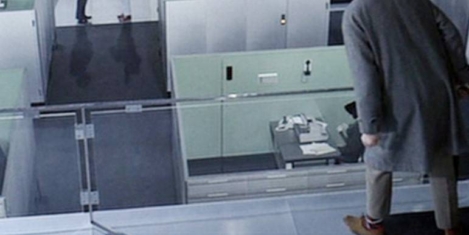
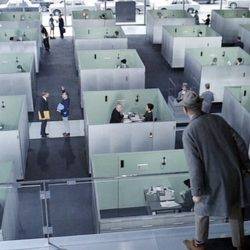



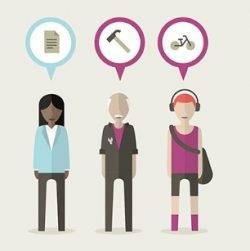


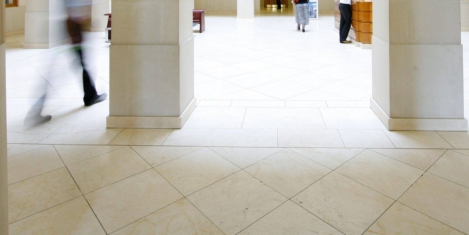
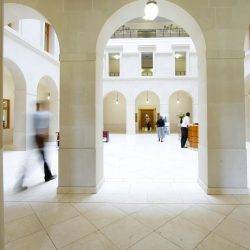



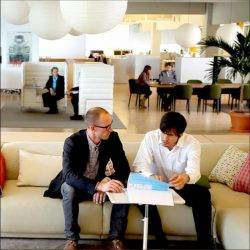
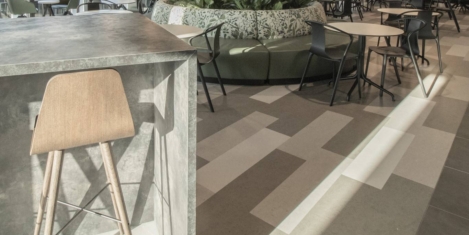
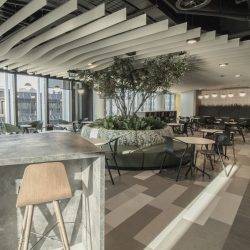









January 9, 2019
Digital transformation and an uncharted future for workplace design in 2019
by Cherie Johnson and Julie Yonehara • Comment, Technology, Workplace design